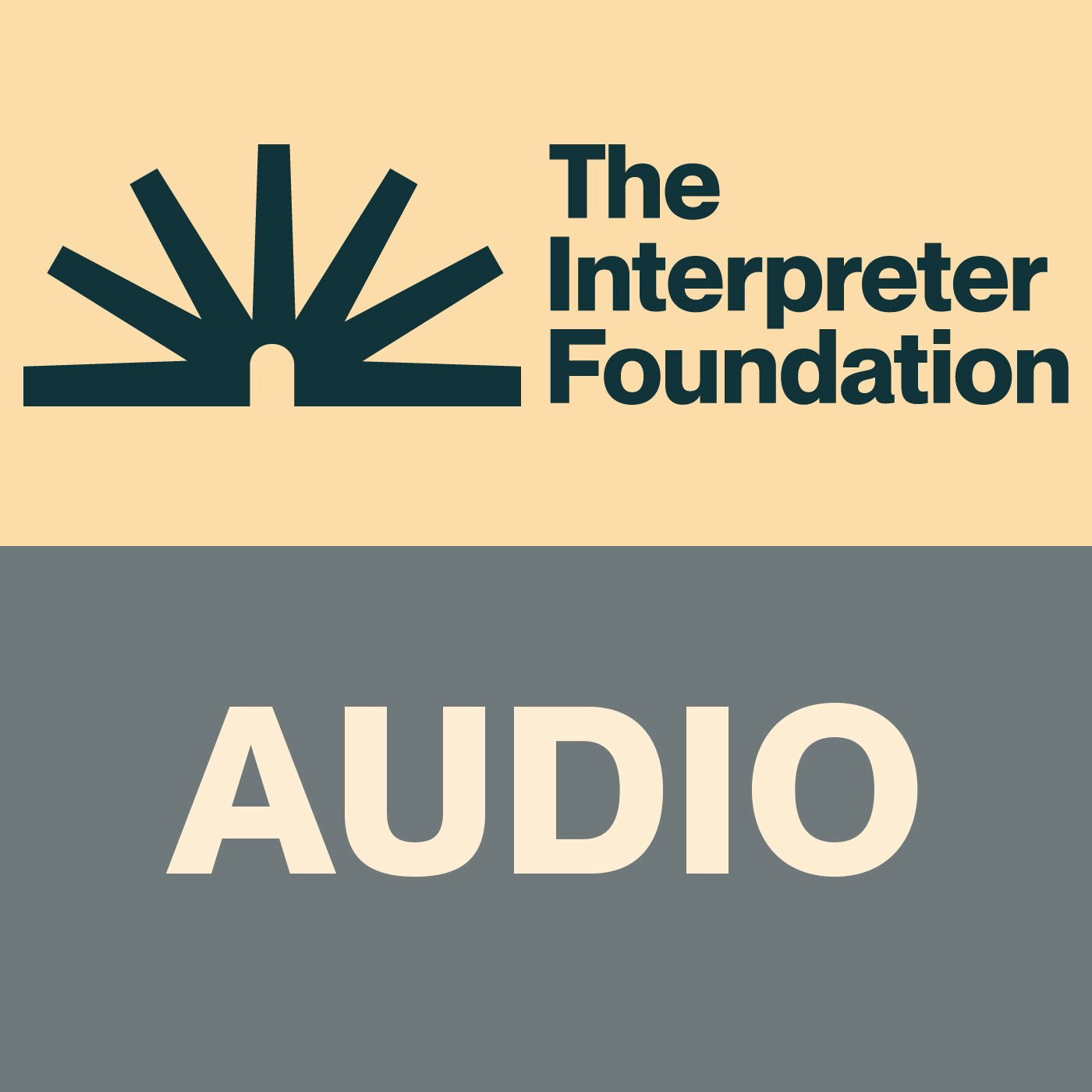The Pathophysiology of the Death of Jesus the Christ
Description
Abstract: Centuries-long speculation continues regarding the circumstances surrounding the death of the Savior. Over the past century, the Savior’s tribulations between the Last Supper and his death on the cross have been scrupulously examined from a medical viewpoint. In this article I review many of these studies and, using current medical acumen, propose additional inferences and explanations based on scriptural, medical, and historical accounts. The evidence suggests that at some point between Gethsemane and his last moments on the cross, the Lord’s body was pushed beyond the limit that a normal mortal could endure. The Lord did, however, endure and completed the Atonement. He left this mortal life and “yielded up the ghost” (Matthew 27:50) on his own terms and timeframe, not as the result of any action inflicted upon him. He always acted and was never acted upon unwillingly. His persecutors, although permitted to inflict horrific injury and pain, were powerless either to take his life or to accelerate his death.
To the thoughtful Christian, a consideration of the suffering of Jesus Christ during the final hours of his life is both horrifying and compelling. President Thomas S. Monson expressed what most feel: “It is emotionally draining for me to recount the events leading up to the Crucifixion of the Master.”1 Although repugnant, the horrors endured by the Lord constitute the basis for the believer’s hope for the resurrection and for eternal life. Because of their love for the Lord, some will assert that an in-depth study of the brutal injuries the Lord endured [Page 440]is an unnecessary study of gratuitous violence and an affront to him and to his memory. I believe the converse to be true, that rather than suppressing it, the suffering of the Lord on our behalf should be studied and revered. Such understanding would be welcome because, as James E. Faust stated, “Any increase in our understanding of his atoning sacrifice draws us closer to him.”2
The reader is cautioned, however, that many people will find the material discussed in this article to be graphic and disturbing. I offer no apology, since the Lord himself commanded each of us to review weekly the circumstances of his suffering and death. The words of the sacramental prayers, “in remembrance of the body of thy Son” (Doctrine and Covenants 20:77) and “in remembrance of the blood of thy Son, which was shed for them” (Doctrine and Covenants 20:79), are not meant to be understood thoughtlessly or euphemistically but rather quite literally and profoundly. They should remind us of the unpleasant fact that
In token of thy bleeding fleshAnd of thy blood so freely spent,We meet around thy table nowAnd take thy holy sacrament.3
Two millennia after it occurred, the death of the Savior continues to be thought provoking and widely discussed. More than thirty articles discussing either death by crucifixion in general or the death of Jesus Christ in particular have appeared in the medical literature during just the past three years. After 2,000 years of intense scrutiny, however, no one will stumble upon an undiscovered statement or even a word in the Biblical text that will contribute immeasurably to our previous knowledge.
Numerous attempts to explain the cause of the Savior’s death have been proposed without achieving unanimity. All such attempts, including this one, are speculative. Even so,
More Episodes
This week for Come, Follow Me lesson 48 covering Ether 12-15, we have lecture 110 from Hugh Nibley’s Book of Mormon classes at Brigham Young University, covering Ether 7-14.
During 1988, 1989, and 1990, Hugh Nibley taught Honors Book of Mormon classes for four semesters at Brigham Young...
Published 11/19/24
Published 11/18/24
Published 11/18/24


